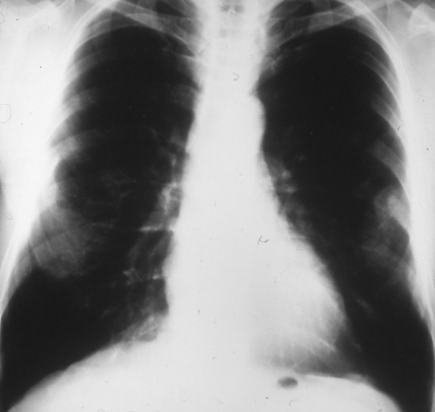
Pleural Mesothelioma is a malignant cancer in the layer of the lungs that spreading to the lungs. The spreading over the pleura created in pleural thickening. These slow down the reflexivity of the pleura and fasten the lungs in an expanding restrictive belt. With the lungs thus limited, they get inhibit in short time and a patient always run out of breath.
Pleural mesothelioma possibly:
– carcinogenic (Diffuse and malignant)
– non-cancerous (Localized and benign)
Non-cancerous pleural mesothelioma can be eliminated surgically, but the malignant cancers are the real haunted.
Most general between other mesothelioma circumstances, Pleural Mesothelioma is caused during exposure with blue asbestos for a long time, approximately 20 years, in the time these disease crack open fearful countenance through particular symptoms.
The symptoms of Pleural Mesothelioma
The symptoms of Pleural Mesothelioma contain hard for breathing, insomnia, aches in the chest and abdominal area, blood disgorge, laxity, weight disorder, eating disorder, lower back aches, tenacious coughing, throaty of voice, sensory disorder and trouble in swallowing.
Diagnosis of Pleural Mesothelioma
In the beginning a chest X-ray or a CT scan (computed chest tomography) was taken, which will discover a pleural thickening and an effusion. This is continuing with a bronchoscopy. Still, it has leave to a doctor for a better perceptive of the various cases. One more method is a biopsy, which can include a needle biopsy, an open biopsy, or a thoracoscopy, where a mini camera is added through the body and the tissue sample is complete for more analyze.
Treatment of Pleural Mesothelioma
The treatment is precisely equivalent with the time of the discovery of the disease, like at an early stadium the tumor can be eliminated through the surgery.
A discovering mesothelioma treatment alternative is immunotherapy, for example, Bacillus Calmette-Guerin (BCG) of intrapleural inoculation is an effective mesothelioma treatment in which an attempt to increase the immune reaction.
Radiation treatment and chemotherapy maybe the answer to the deadly pleural mesothelioma, but this only help reduce the aches, death is following with Pleural Mesothelioma.
Side effects of Treatment
The side effects of mesothelioma lung cancer treatment are damaged healthy tissues, exhaustion; too much radiation causes the skin turn into red, itchy and dry.
Next side effects of radiotherapy are diarrhea, Sickness in the stomach and vomiting, urinary discomfort and a rapid decreasing the number of white blood cells.
The typical amount life duration of someone with Pleural Mesothelioma is ended to 6 months to one year and the maximum may rise to 5 years – the magnesium-silicate mineral fibers take its toll that’s more than painful.
Other aspect that may stimulate the chance of pleural mesothelioma are incurable lung infections, tuberculoses pleurisies, radiation (Thorotrast), vulnerability to the simian virus 40 (SV40) or mineral fibers (Zeolite) and tobacco smoking to a particular quantity.
Pleural Mesothelioma does not give someone the way for fairness. Though the life counts on many different stadiums of the malignant, it is an ultimate hazardous that draw out the life of the ordinary human.
Get a lot money? open this Ipoker domino.



 As we know that asbestos can break up into tiny fibers when they are damaged and those tiny fibers may be inhaled by human and stay in the lung to cause numerous health problems. To analyze the asbestos abnormalities in human bodies, high resolution CT scans should be used frequently. Taken by – American Journal of Roentgenology, Vol 151, Issue 5, 883-891, there is an interesting study concerned about this subject entitled, High resolution CT of benign asbestos-related diseases: clinical and radiographic correlation” by DR Aberle, G Gamsu, and CS Ray – Department of Radiological Sciences, University of California Los Angeles School of Medicine 90024. This writing is about:
As we know that asbestos can break up into tiny fibers when they are damaged and those tiny fibers may be inhaled by human and stay in the lung to cause numerous health problems. To analyze the asbestos abnormalities in human bodies, high resolution CT scans should be used frequently. Taken by – American Journal of Roentgenology, Vol 151, Issue 5, 883-891, there is an interesting study concerned about this subject entitled, High resolution CT of benign asbestos-related diseases: clinical and radiographic correlation” by DR Aberle, G Gamsu, and CS Ray – Department of Radiological Sciences, University of California Los Angeles School of Medicine 90024. This writing is about: